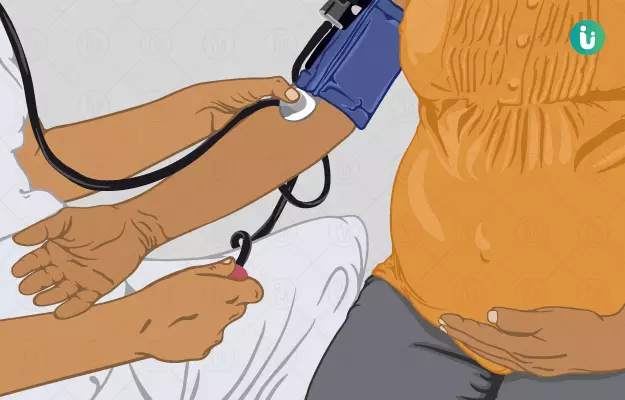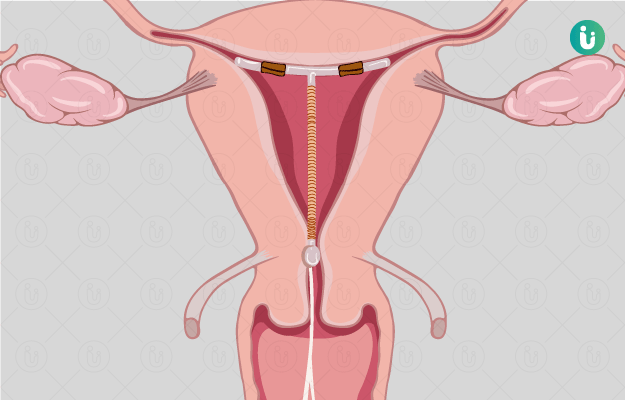Eclampsia is a condition that occurs only during pregnancy and usually due to uncontrolled electrical activities in the brain, which is experienced in the later stages of pregnancy as physical symptoms like cramps etc. This condition is called seizures. It is a rare condition and is affecting 1 in 2,000-3,000 pregnancies every year.
When proteinuria (i.e. more than 300 mg of protein in the urine) occurs along with high blood pressure in pregnancy, then that condition is called pre-eclampsia. In pre-eclampsia, high BP in the mother reduces the blood supply to the fetus. This means that the fetus is not getting enough nutrients and oxygen.
Most cases of eclampsia or preeclampsia occur in first-time pregnancies. Eclampsia can be life-threatening if not treated properly. However, deaths of pregnant women due to it are very rare in developed countries. Globally, eclampsia accounts for about 14 percent of maternal deaths. In most cases, the symptoms of pre-eclampsia are mild and require no treatment other than observation and dietary changes.
(Read more - How To Take Care During Pregnancy)









































